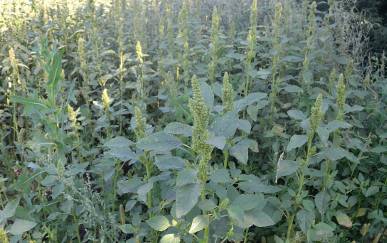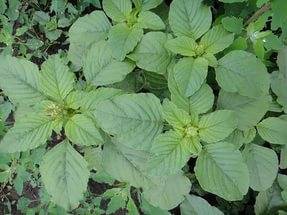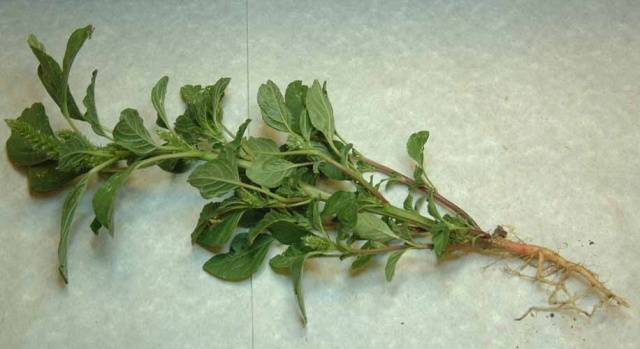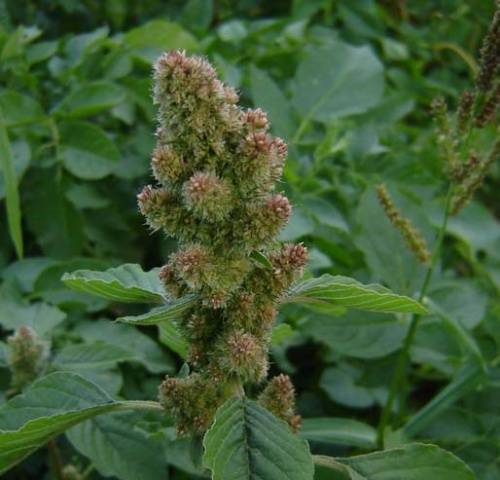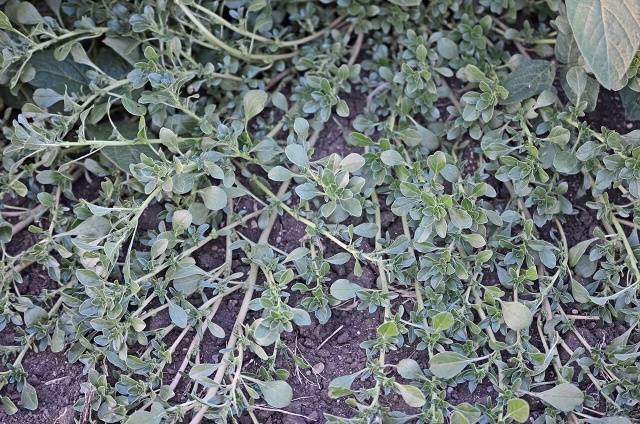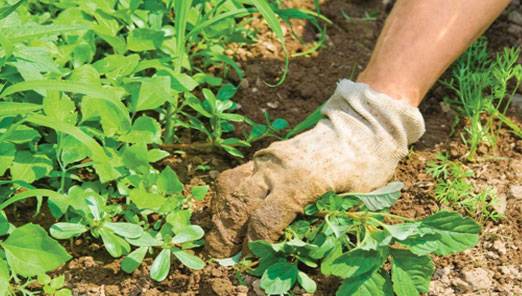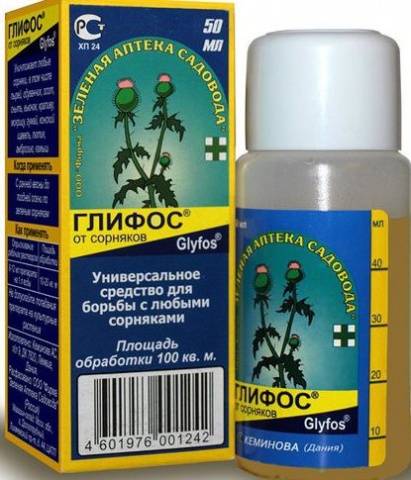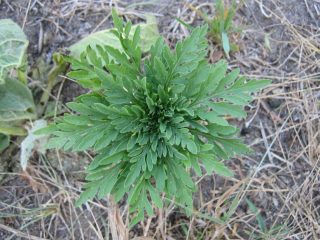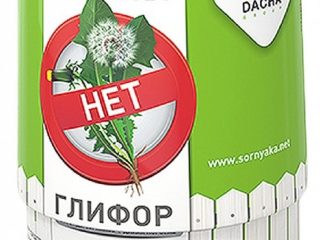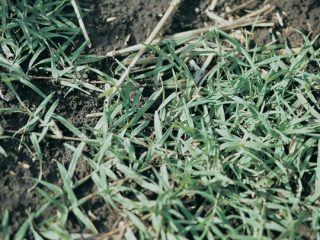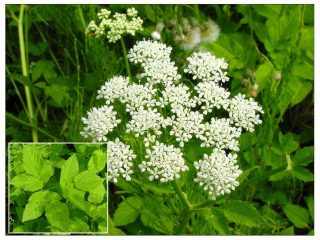Content
As soon as the sun warms up and gardeners go to their summer cottages or garden plots, a real war with weeds. These green enemies of cultivated plantings exhaust summer residents all summer.
Weeds there are huge hordes in the garden. We have to fight with dandelions, wheatgrass, quinoa, wormwood, sow thistle and other weeds herbs. Among this family of malicious weeds, the upturned acorn causes a lot of difficulties with removal. This herbaceous plant, photo below, can be found in all gardens, fields and vegetable gardens in Russia.
Some facts
The common or upturned acorn was brought to China, India, and the European continent from South America more than a century ago, when intercontinental airplane flights began. At home, the plant was one of the important food products of the aborigines. When Europeans appeared on the American continent, they saw that grass was eaten, calling it the bread of the Incas and the wheat of the Aztecs.
This herbaceous plant also has another name:
- rubella;
- red root;
- beetroot;
- amaranth.
The word “amaranth” has Greek roots and is translated as “eternal.”
The very first to grow the red root were in Spain, then the upturned acorn appeared in other European countries. At first it was an ornamental plant, then it began to be used as food (cereals) and as feed for domestic animals. Young acorn leaves are an excellent ingredient for salads.
You need to know the enemy
Schiritsa upturned or common belongs to the Amaranthaceae or Schiritsa family. This is an annual herbaceous plant that grows up to one meter under favorable conditions. On a straight branched stem the pubescence is weak.
The weed weed is distinguished by a long taproot that goes to a depth of over two meters. In diameter, the root system can occupy an area of more than a meter. The plant is drought-resistant, because the long root allows you to extract moisture at great depths.
The leaves of the agaric are quite large, shaped like diamonds. They are grey-green in color on the upper surface and the lower part is reddish. The petioles and veins of the acorn are striped.
The first plants on the site may appear as early as April. For seed germination, 6-8 degrees of heat is enough. They do not germinate only at a temperature of +50 degrees. The seeds of the agarica are very small, weighing only 0.4 g, but one plant can produce up to one million red-brown grains.
Flowering begins in June and continues until October. The flowers of the amaranth are inconspicuous, almost invisible, collected in a tight panicle. The first frosts are not terrible for the red root.
Another variety of amaranth is found in vegetable gardens - amaranth. This is a cover plant with reddish shoots creeping along the ground. One bush forms more than ten such stems. The leaves of the acorn plant are small and oval. The inflorescence is paniculate with many seeds. Look at the photo what this agaric looks like.
Fighting methods
Redroot, another name for acorngrass, is an invasive weed. In a favorable year, up to 1000 plants can be counted on one square meter. Frost resistance and the ability of acorn to grow even in drought contribute to the wide distribution of the weed. You can meet common amaranth or amaranth upturned almost throughout Russia, even in the northern regions. It is only absent in deserts.
The soil does not matter, but beetroot feels much better on fertile, well-cultivated soils.
But as soon as agrotechnical measures are carried out in the garden, vigorous germination immediately begins.
Many rural residents are concerned about how to get rid of acorn grass in their garden or vegetable garden. If some weeds can be defeated by weeding and loosening, then in the case of amaranth you will have to resort to complex measures:
- mechanical;
- chemical;
- biological;
- debilitating;
- substituting.
Let's try to figure out what is unique about each method.
Mechanical weed removal
Most often, gardeners and gardeners use mechanical methods to control weeds, including acorn grass.It includes digging up the soil and selecting the grass along with the roots by hand. You need to weed shirak regularly, preventing it from blooming.
Biological method
How to deal with acorn grass using biological means? Protecting your vegetable garden or garden by mulching the soil is not at all difficult. Many gardeners and gardeners recommend using old cardboard, roofing felt, boards or dark film. Places overgrown with acorn grass or paths between ridges are covered with any material that does not allow sunlight to pass through. Everyone probably remembers from biology that seeds and plants need light to germinate. In addition, a high temperature is created under the covering material, the acorn seeds and sprouted weeds burn.
Weed Depletion
If you decide to use this method to destroy acorn grass, it can only be done in small areas. The bottom line is that you will have to regularly cut off the above-ground part of the plants. For amaranth, this method is used if the weed has grown taller than human height. It is unrealistic to pull out such an acorn by the roots; all that remains is to prune it. The root will begin to vigorously expel new greenery. The more often you pick up scissors, the faster the plant’s vitality will dry out. As a result, the weed dies.
Substitution method
This method of weed control is effective in areas between garden trees and shrubs and around trunks. As a rule, weeding has to be done very often. To make work easier, many gardeners and gardeners advise sowing areas with herbaceous plants that cover the entire surface, preventing weeds from getting out.
You can use natural insecticides, which include marigolds and marigolds.One of the measures to combat acorn grass is to sow areas with green manure. This operation is carried out after the harvest is harvested. For this you can use mustard and rye. Grown plants are covered with dark material (mulch) and leave until next year. A high temperature is created under the materials, green manure and weeds overheat. In spring, there will be no weeds, including upturned amaranth, and the soil will be enriched with nutrients.
Chemical treatment of the area
The use of chemicals on a summer cottage or personal plot is possible only in those places where there are no cultivated plants. Thus, weeds, including acorn grass, growing on garden paths or along fences can be treated with herbicides.
Since almost any herbicide is a continuous action drug, they destroy any plants, not just weeds. Gardeners use such tools as:
- Tornado;
- Hurricane;
- Roundup;
- Glyphos;
- Lapis lazuli and others.
When fighting common or spined acorn, do not forget that herbicides are toxic agents; the poison can accumulate in the soil and plants. Therefore, gardeners and gardeners first use safe methods to destroy green pests on their plots.
Let's sum it up
There are many ways to get rid of acorn grass in your summer cottage or garden. But the effectiveness of any of them will be much higher if you do not forget about preventive measures.
Listen to the advice of experienced gardeners, and then there will be much fewer weeds:
- Never apply fresh manure to the soil.The fact is that ashiritsa seeds retain their vitality even after being in the stomach of a cow. Moreover, they undergo a kind of stratification there. Fresh manure may contain helminths.
- When mulching the soil with dry grass, do not use plants with seeds.
- When laying compost from green mass, use plants before the flowering phase.
- Cut the amaranth with a flat cutter while it is still small.
A simple DIY weed killer:
